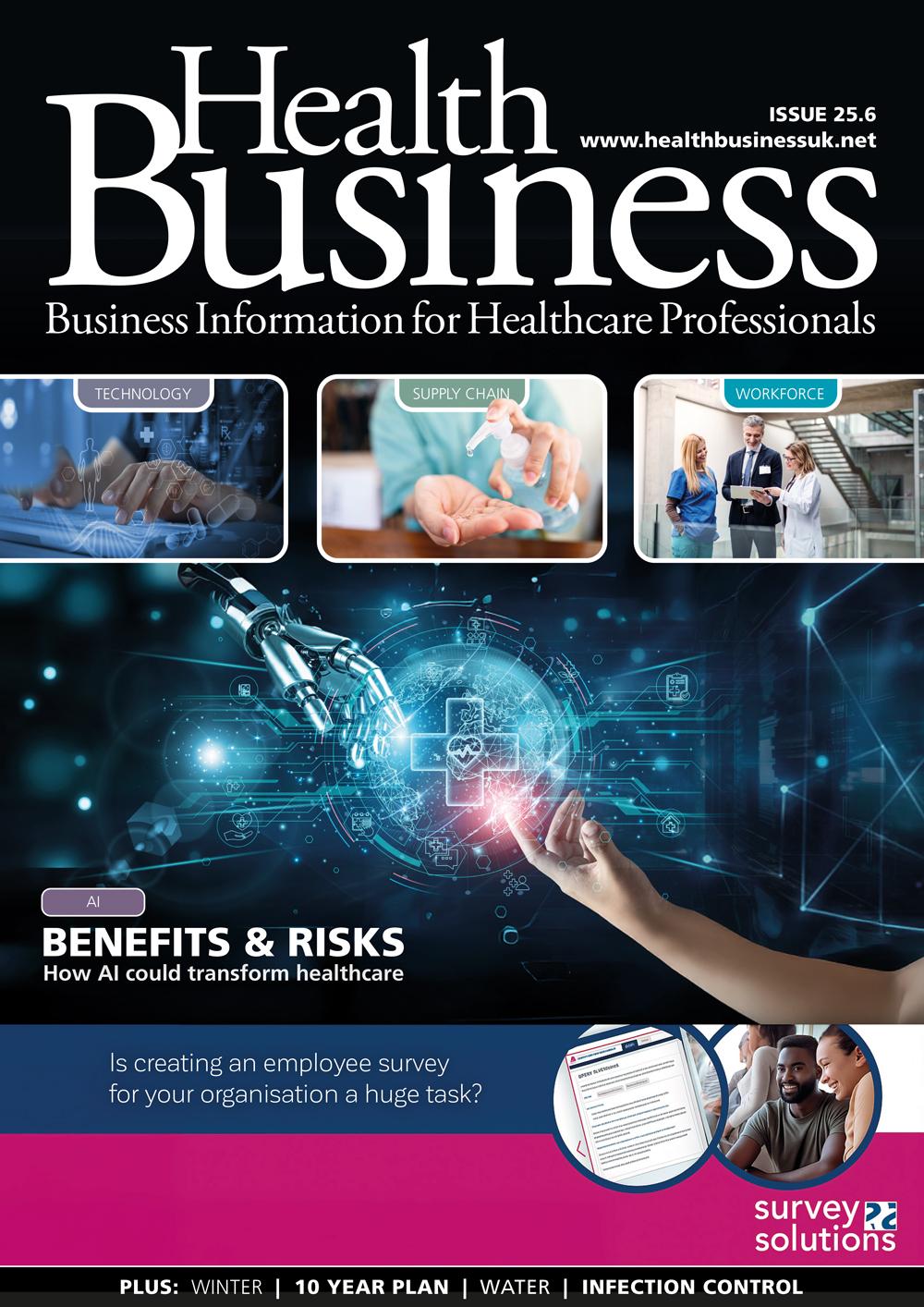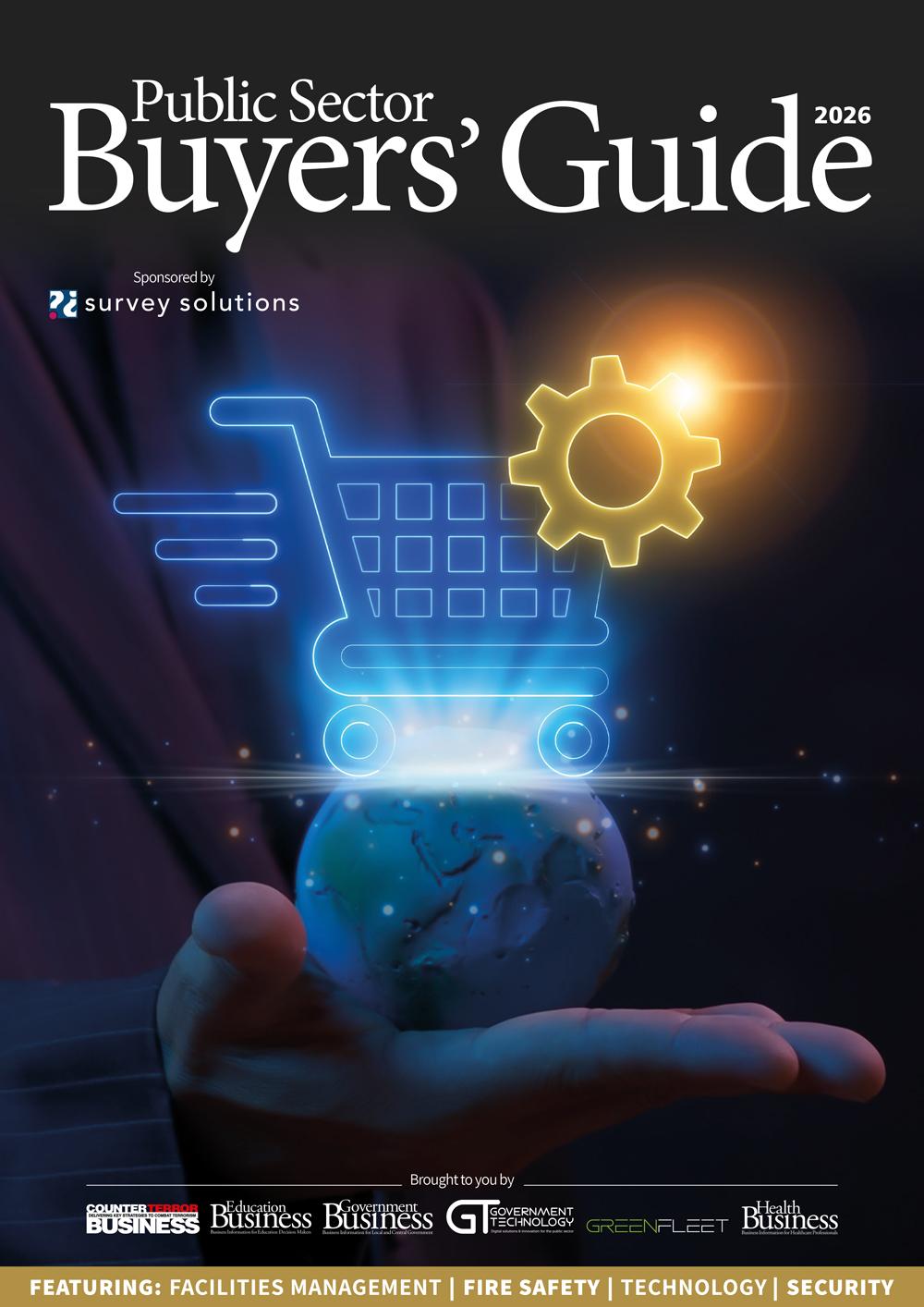19 new community diagnostic centres (CDC) are to open later this year and are set to perform 1.1 million tests, checks and scans.
92 already-in-use CDCs have already delivered three million checks since the programme started in July 2021, as part of the elective recovery plan and aims to reduce the backlog.
CDCs are based in locations such as shopping centres and football stadiums and contain equipment including MRI, CT, X-ray and ultrasound scanners. They also provide blood tests or heart rhythm and blood pressure monitoring.
Milton Keynes, Nottingham and Dorset are set to get a new CDC this year.
Health and Social Care Secretary Steve Barclay said: "Rapid diagnosis offers reassurance to patients, reduces waiting lists, and, crucially, saves lives.
"CDCs have been fundamental to this effort, delivering over 3 million extra tests which are helping to diagnose conditions from cancer to lung disease more quickly across the country.
"The new centres will take us even further, utilising cutting-edge MRI, CT and X-ray machine to transform the way we deliver care closer to people’s homes helping tens of thousands of people."
NHS national director of elective recovery, Sir James Mackey, added: "The NHS’s ambitious elective recovery plan, published just over a year ago, had these innovative ‘one stop shops’ at its heart. Since then they have played a key role in helping us virtually eliminate the number of people waiting more than two years for treatment and keeping the NHS on track to do the same for people waiting over 18 months by the end of April, with the centres – often based in convenient places such as in shopping centres, high streets and community hospitals - now having delivered an incredible 3 million tests and checks.
"These 19 new centres will boost access for tens of thousands more patients and build on the great work of NHS staff in recovering services, helping the NHS deliver an extra 9 million tests a year by 2025 – an increase in capacity of more than a quarter on pre-pandemic levels."


